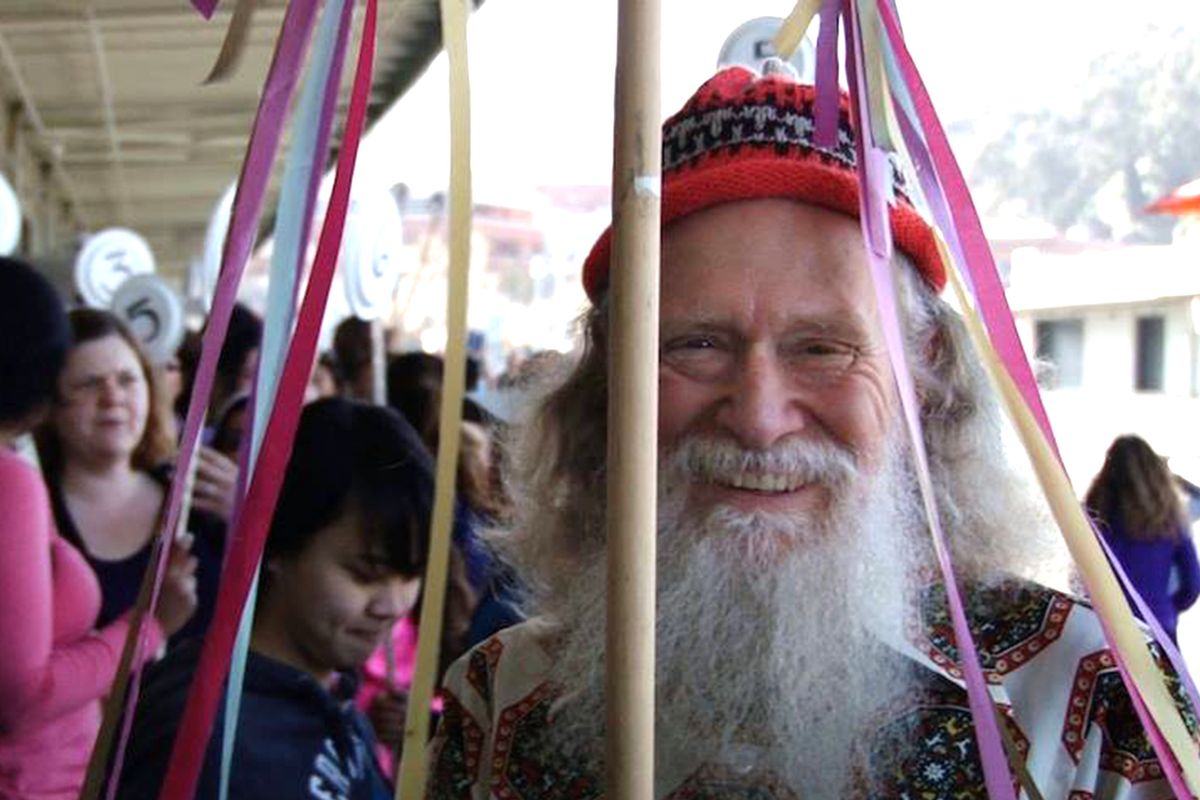Math fans fully encircled by pi’s wonders today

3.141592653.
These are the first 10 digits of pi, easily one of the most beloved numbers.
Today, March 14, at seven seconds before 9:27 a.m., just hold your breath, think of those first 10 digits and bask in that one second because, with the exception of a brief encore 12 hours later, it won’t happen again for 100 years.
That’s because it’s Pi Day, 3/14/15, 9:26:53 a.m.
Such mathematical symmetry rarely happens, and because of it, this Pi Day promises to be 10 times as fun. For the unaware, Pi Day is a celebration of pi, a number mathematicians have been playing with for thousands of years. Pi Day also happens to be the birthday of Albert Einstein, everyone’s favorite mathematician.
What’s so special about pi? It’s just the circumference of a circle divided by its diameter. Simple enough. But as we start looking at its numerical properties, its mysteries unfurl. It’s an irrational number, meaning it cannot be expressed as a ratio or fraction. It’s also a transcendental number, meaning it never, ever repeats itself. Without it, we can never know circles. Without knowing circles, we know nothing. No wheels, no moon landing, no doughnuts.
Pi goes on and on and on. Forever.
Pi Day celebrations began at the Exploratorium in San Francisco in 1988. Larry Shaw, a physicist at the science museum, came up with the idea for a celebration, where attendees would march in circles before eating pie.
They call him the Prince of Pi.
Today, as people around the world celebrate pi, math and education in general, Shaw will again be at the Exploratorium for the 27th Pi Day, even though he’s retired and no longer involved in the party. He’ll march and eat pie with a smile on his face, and likely will tell anyone willing to listen about the magic and mystery of pi, the universe and the undying human endeavor of inquiry.
I know this because he’s my wife’s father. At times, he’s credited my wife with coming up with the idea for Pi Day as a child. More likely, however, is the other story he tells, that the idea came from a long, wandering conversation he had with a colleague at the museum, in which they discussed pi and all its meanings and contradictions.
My wife, Sara, inherited Larry’s blond hair and powerful intelligence, but not his unruly beard or penchant for multihued shirts.
She also didn’t quite inherit his math love. My passion for math, however, began early with simple arithmetic. In Larry, I found someone to talk about math with, who was not necessarily interested in the answer as much as the path there.
Larry’s thoughts on science – and he has many – are more spiritual. And, yes, such a thing can be said of numbers and how they relate to each other.
I first glimpsed this as a junior in high school. My trigonometry teacher wore a hat made from yak wool, once made us create artistic landscapes using only complicated functions and our graphing calculators, and boggled my young mind with his enthusiasm for math.
Odd as he was, he was outgoing with many mathematical catchphrases, his most well-worn being, “Pie are squared? No they’re not. Pie are round. Cornbread are square.”
He was referring to the formula used to deduce the area of a circle. Simply put, to find the area, you take the radius of the circle, multiply it by itself (the radius) and then multiply that by pi. In math speak, spoken aloud, that’s: “The area equals pi r squared.” Thus the joke.
Needless to say, Peter Gerrodette, my trig teacher, was a bit strange to teenagers. But it was clear he was very excited about us finding something real and true in numbers and triangles, and less interested in us doing well on our exams.
To this day, trigonometry seems more religious than studious to me.
The Prince of Pi would surely agree.
“Ours is a mystery religion,” he told the San Francisco Chronicle about Pi Day celebrants in 2011. “Just like others, we circumambulate the things we respect.”